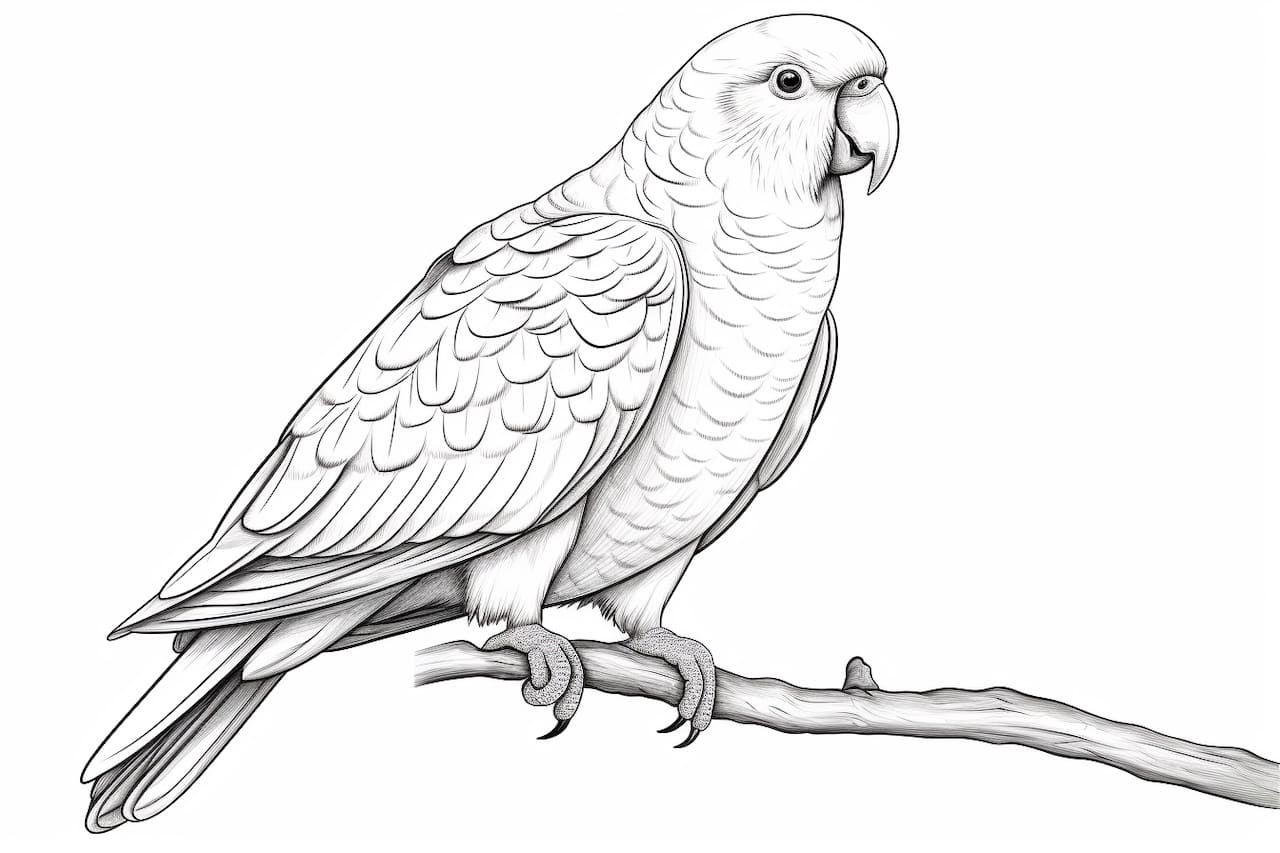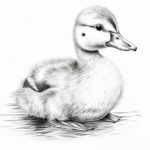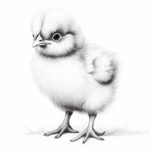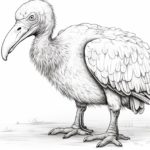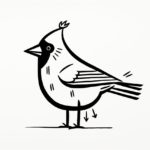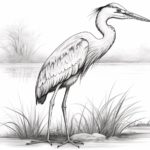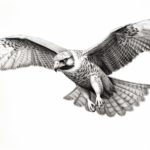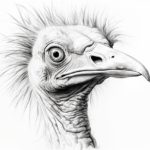Welcome to this step-by-step guide on how to draw a parakeet! Whether you’re a beginner or an experienced artist, this tutorial will help you create a realistic and charming representation of these colorful birds. With a few simple techniques and some practice, you’ll be able to capture the essence of a parakeet’s beauty and grace on paper. So let’s get started!
Materials Required
Before we dive into the steps of drawing a parakeet, let’s gather the necessary materials:
- Pencil – It’s always best to start with a pencil, as it allows for easy corrections and adjustments.
- Paper – Choose a smooth and sturdy paper that can handle different drawing techniques.
- Eraser – A good quality eraser will help you remove any mistakes or unwanted lines.
- Colored pencils or watercolors (optional) – If you’d like to add color to your drawing, have some colored pencils or watercolors and brushes handy.
Now that we have everything we need, let’s begin drawing our parakeet!
Step 1: Basic Guidelines
To get started, lightly sketch the basic shape of the parakeet’s body using simple geometric shapes. Begin by drawing a small circle for the head and a larger oval shape for the body. Remember to keep these lines light, as they will be erased later.
Step 2: Defining the Body and Wings
Using the guidelines you drew in the previous step, begin adding more details to the body and wings. Start by shaping the body, emphasizing the roundness of the chest and the tapering towards the tail. Then, add the wings by drawing curved lines from the sides of the body. Make sure to keep the wings balanced and symmetrical.
Step 3: Adding the Tail, Beak, and Feet
Next, draw the tail of the parakeet. Parakeets have long, elegant tails, so make sure to capture their graceful shape. Add the beak using a pointed triangle shape, and don’t forget to include the small feet with their curved toes. Pay attention to the proportions and angles of these features as they are crucial to capturing the bird’s likeness.
Step 4: Face Details
Now it’s time to focus on the face. Parakeets have expressive eyes and a distinctive pattern around their face. Draw two small circles for the eyes, leaving a small highlight in each to create a lively look. Then, add a curved line above the eyes to define the eyebrow area. Pay attention to the placement and size of these features, as they can greatly affect the overall expression of your drawing.
Step 5: Feathers and Patterns
One of the most striking features of a parakeet is their vibrant feathers. Take your time to carefully observe the reference image or your own parakeet and replicate the patterns and colors onto your drawing. Use short, curved lines to indicate the direction of the feathers, layering them to create depth and dimension. Be patient and take breaks as needed, as this step requires some concentration and attention to detail.
Step 6: Shading and Textures
To add depth and realism to your drawing, it’s important to introduce shading and textures. Start by identifying the light source, which will determine where the highlights and shadows fall. Use a combination of light and dark shading techniques to depict the different values and textures of the feathers, beak, and feet. Remember to blend and smudge your shading to achieve a smooth and realistic appearance.
Step 7: Final Touches and Details
At this stage, take a step back and evaluate your drawing. Look for any areas that need refinement or additional details. Add any missing feathers or adjust the shapes as necessary. Take your time to add any small details, such as patterns on the wings or markings on the beak, to make your drawing truly come alive.
Conclusion
Congratulations on completing your parakeet drawing! With the help of this step-by-step guide, you’ve learned the techniques needed to create a realistic representation of these beautiful birds. Remember, practice makes perfect, so don’t be afraid to experiment, try different poses, or even add your own artistic flair. Keep honing your skills, and before you know it, you’ll be capturing the essence of not just parakeets, but a variety of other subjects as well.

